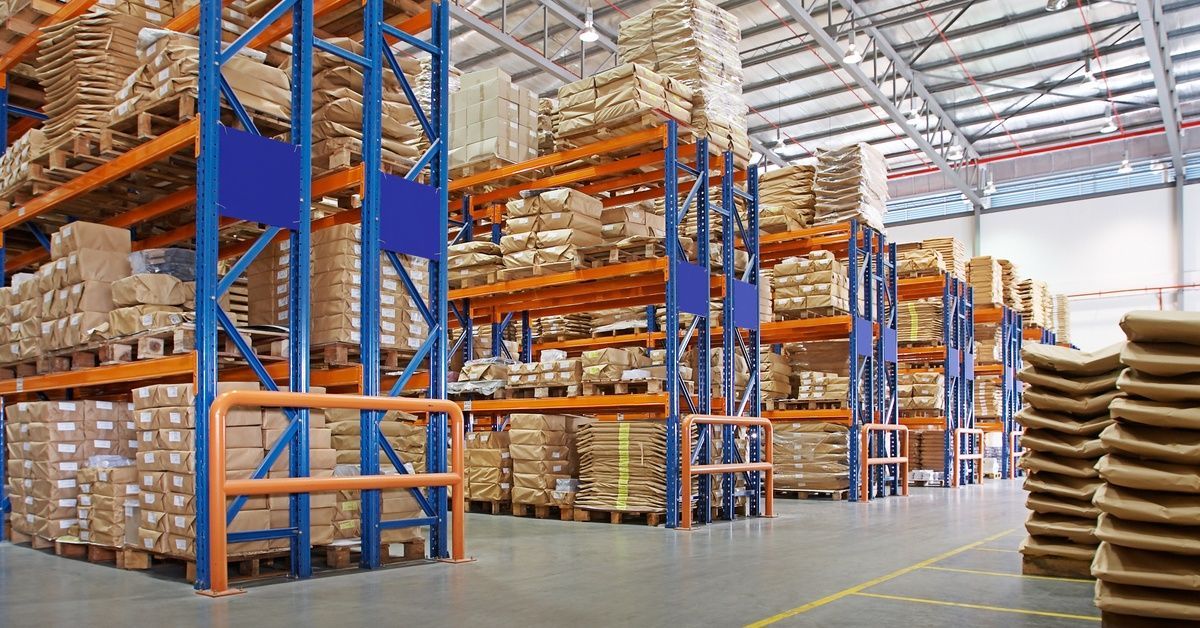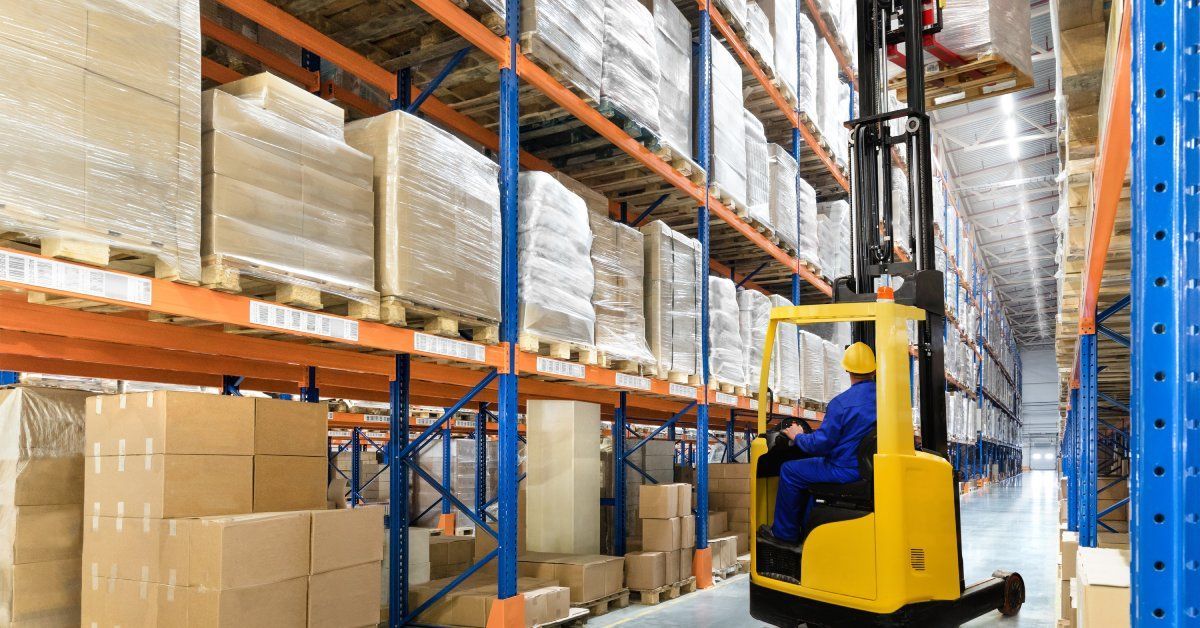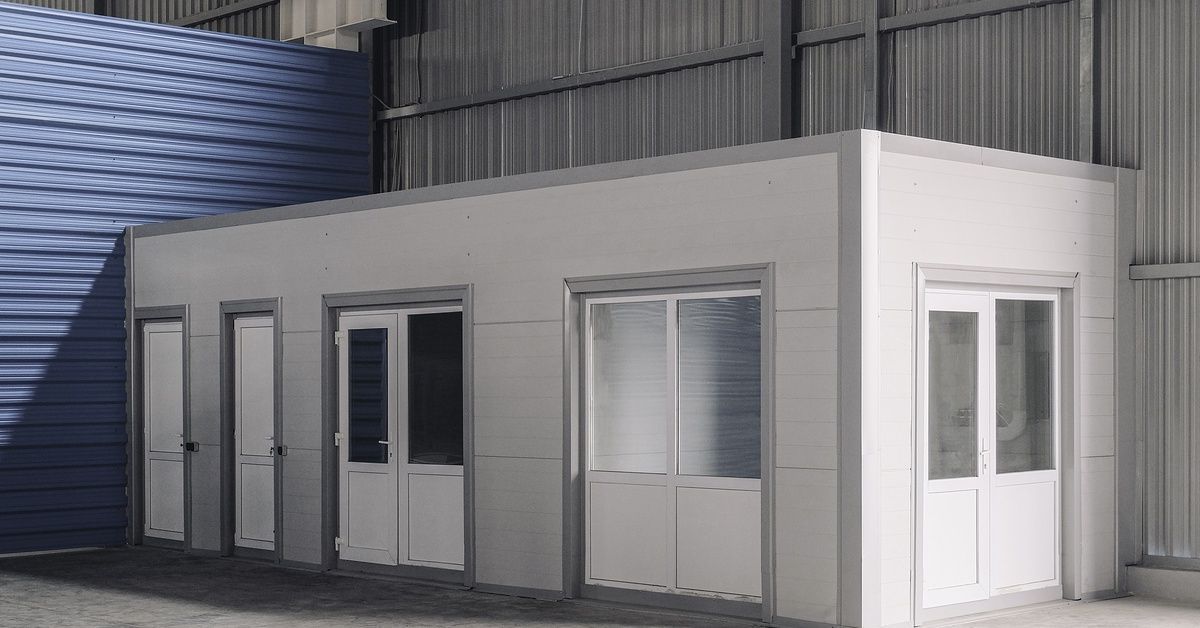Top 7 Considerations For Your Warehouse Rack Installation

Whether you’re setting up a new facility or upgrading existing storage systems, understanding the factors that influence successful warehouse rack installation will help you make informed decisions.
This comprehensive guide walks you through the top seven considerations for a warehouse rack installation. Continue reading for information that will help you maximize long-term value and safety.
Assess Your Load Capacity Requirements
You must calculate the maximum weight the racks can support. This includes the stored items and the storage containers themselves.
Inventory Analysis
Document the heaviest items you’ll store, their dimensions, and typical storage quantities. Consider seasonal fluctuations and potential future inventory adjustments that may impact weight requirements. With this analysis, you can select rack systems that will handle the current and projected loads safely.
Consider Weight Distribution
Uneven loading can create stress points that compromise structural integrity. Establish weight limits for each shelf level and communicate these limits to your warehouse staff.
Evaluate Your Warehouse Space and Layout
The warehouse’s physical characteristics will have an impact on the rack installation’s success. Measure ceiling heights, floor conditions, and available floor space before selecting rack systems. The measurements determine rack height limits, aisle widths, and overall storage capacity.
Floor Conditions
During this evaluation, your floors deserve special attention. Concrete floors must be level and capable of supporting the distributed weight of loaded racks. Before installation begins, identify any cracks, uneven areas, or structural weaknesses that require repair. Remember, poor floor conditions can lead to rack instability and safety hazards.
Traffic Flow
Plan aisle widths based on your material handling equipment requirements. Forklifts, pallet jacks, and more need adequate clearance for safe operation. When planning your layout, factor in turning radii and vertical clearance requirements.

Choose a Warehouse Rack Based on Operational Demands
Different storage requirements necessitate various racking solutions. For example, selective pallet racks are well-suited for facilities that require direct access to every pallet, while drive-in racks maximize density for bulk storage of similar items. On the other hand, push-back racks offer a compromise between accessibility and storage density.
Inventory Turnover Rates
High-turnover items benefit from easily accessible selective racking, while slower-moving inventory can utilize higher-density storage systems. Rather than choosing based on cost considerations alone, match the rack type to your operation requirements.
Flexibility
Some rack systems allow for easy reconfiguration as your storage requirements change. This adaptability can provide long-term value, especially for growing businesses or those with seasonal inventory variations.
Cantilever Rack Systems
Every industry demands different types of storage racks. Automotive parts often have irregular shapes, varying sizes, and specific handling requirements that standard pallet racking cannot accommodate effectively.
Shelving systems for automotive parts, including cantilever rack systems, excel at storing long automotive parts like exhaust pipes, drive shafts, and body panels. They also provide unobstructed access and can accommodate items of varying lengths without requiring uniform packaging.
Bin Shelving Systems
For small components, bin shelving systems are the go-to storage system. They facilitate efficient organization while maintaining easy access for picking operations. Plus, with adjustable levels, you can rearrange the rack system to accommodate your operations as inventory or workflows evolve.
Adhere to Safety Regulations
Safety regulations govern warehouse rack installations, and compliance isn’t optional. Familiarize yourself with local building codes, OSHA requirements, and industry standards that apply to your installation. These regulations cover everything from rack spacing to safety equipment requirements.
Safety Accessories
Column protectors shield rack uprights from forklift damage, while safety clips prevent beams from accidentally dislodging. End-of-row protectors and guardrails provide additional protection for both equipment and personnel.
Safety Protocols
Train your staff on proper loading techniques, weight limits, and procedures for reporting damage. By performing regular safety inspections, you can identify potential problems before they become serious hazards.
Timeline and Workflow Disruption
Rack installation impacts daily warehouse operations, so careful timing and planning minimize disruption. Develop a detailed installation schedule that coordinates with your operational and shipping requirements. Keep in mind that you may want to install racks in phases to maintain workflows as much as possible during the project.
Communicate Timeline Expectations
Everyone involved should understand which areas will be inaccessible and for how long. Plan alternative workflows for critical operations that might be affected during installation.
Coordinate Material Deliveries
Avoid conflicts with installation activities by coordinating all deliveries appropriately. Large rack components require significant space for staging and assembly. Ensure adequate room for both installation equipment and normal warehouse operations without creating safety hazards.
Budget for Quality Systems
Investing in quality rack systems and professional installation pays dividends through improved safety, durability, and performance. While initial costs might seem higher, quality equipment reduces maintenance expenses and replacement needs over time.
Professional Installation
Experienced installers understand the nuances of different rack systems and can address unexpected challenges efficiently. Plus, they can provide valuable insights about optimization opportunities you might overlook.
Ongoing Maintenance Costs
Regular inspections, occasional repairs, and potential reconfigurations represent ongoing expenses that affect total ownership costs. Quality systems typically require less frequent maintenance and last longer than budget alternatives.

Plan for Growth and Adaptability
As your business grows and changes, so will your storage needs. Select rack systems that accommodate future expansion or reconfiguration without requiring complete replacement.
Inventory Changes
Seasonal businesses, companies launching new product lines, or operations expanding into new markets may need different storage solutions over time. Planning for these changes upfront saves money and disruption later.
Document Rack Specifications and Layout Plans
This information proves invaluable when planning expansions, conducting maintenance, or training new staff. Keep records of load ratings, installation dates, and modification history for each rack system.
Transform Your Warehouse Today
Successful warehouse rack installation requires careful attention to multiple factors that influence both immediate functionality and long-term value. Now that you’re aware of these considerations for warehouse rack installation, you’re one step closer to creating an efficient and safe storage environment.
If you’re ready to optimize your warehouse, contact Tyler Supply Company today! Explore our extensive range of shelving solutions tailored to meet a wide range of industries’ storage demands and operational objectives.











